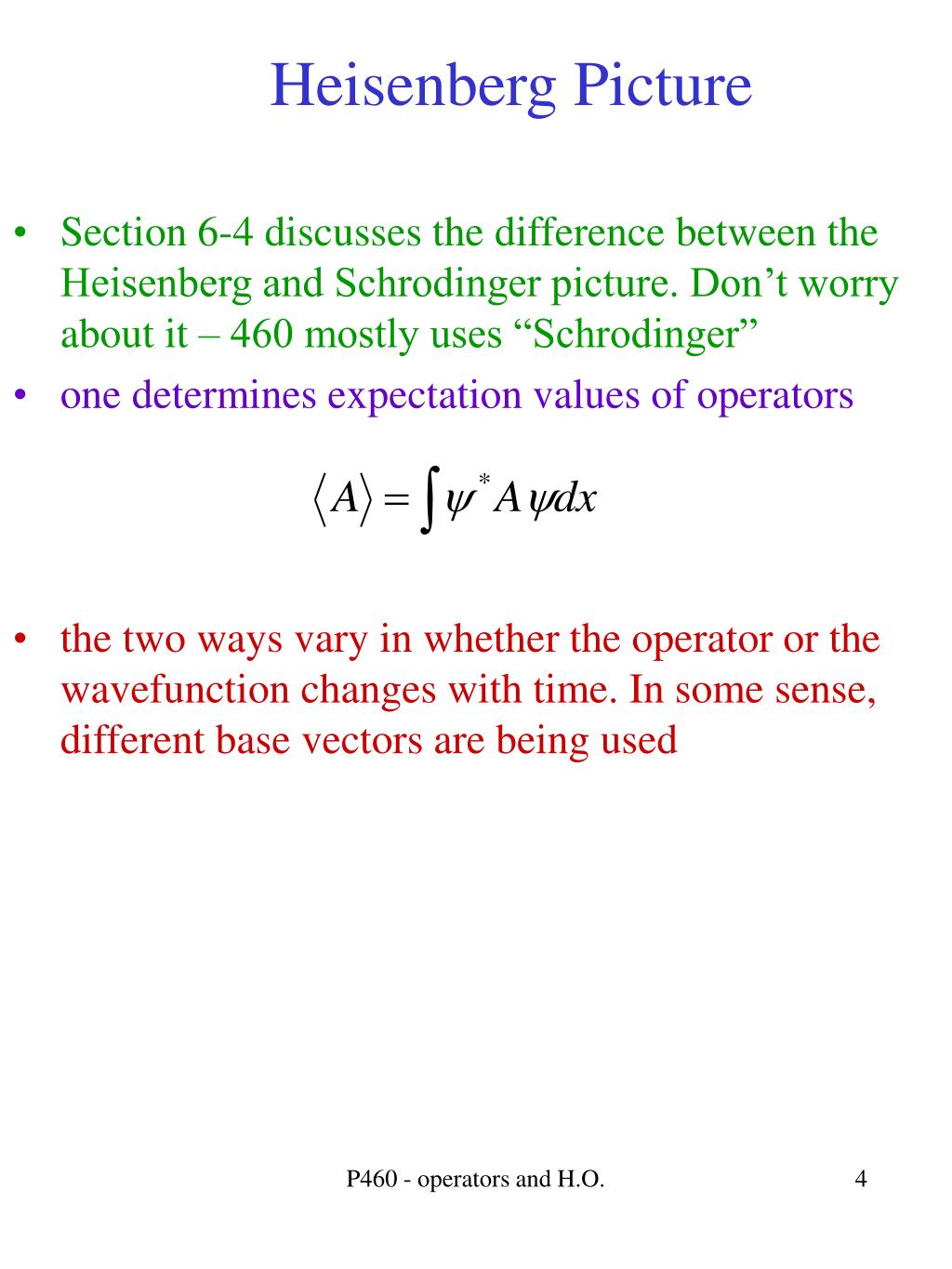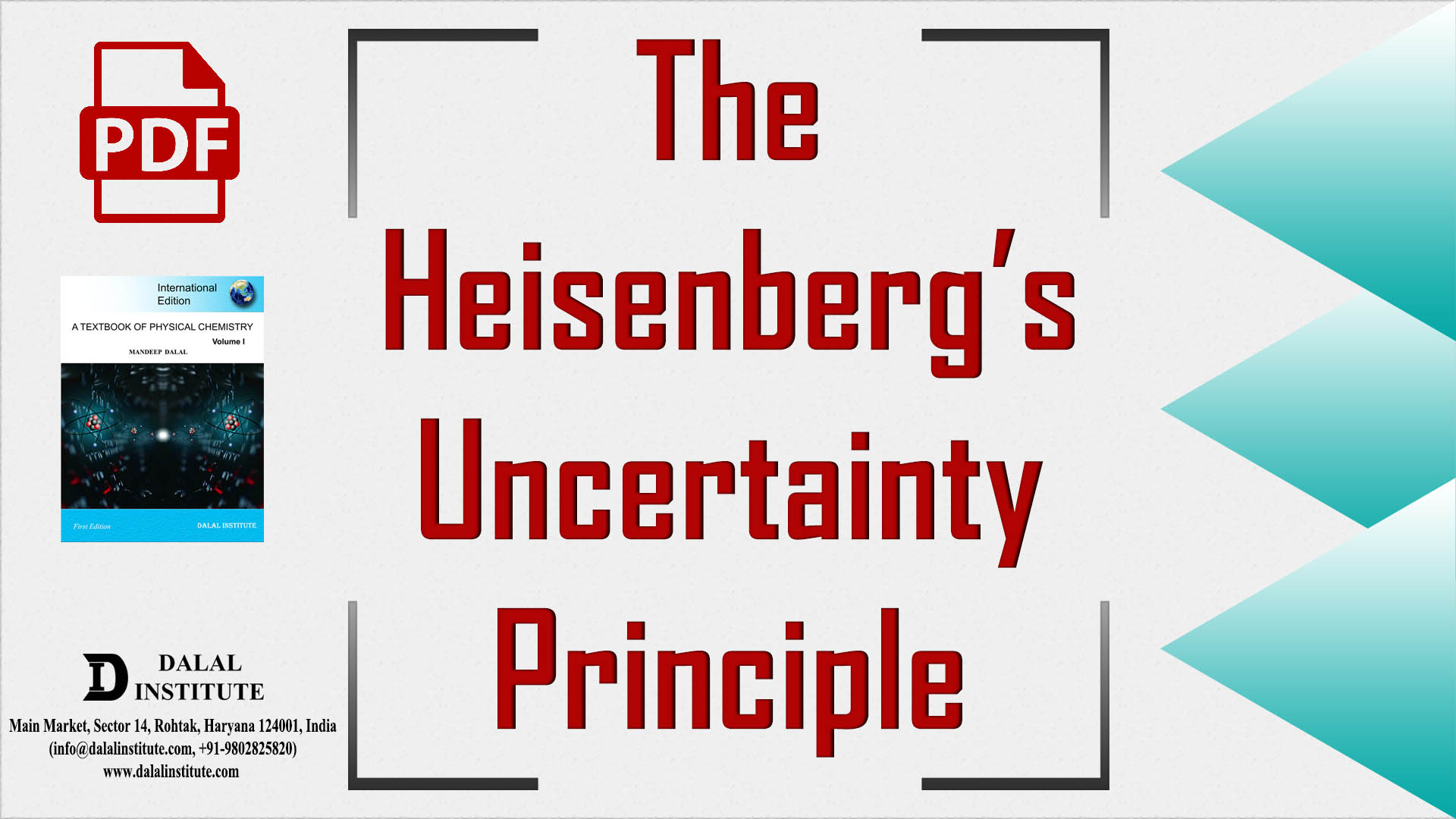

Define "close" as being inside the sphere in the center of the shell or tight-fitting box. Imagine the center of the box to be the true value of X, Y and Z, and the tight-fitting box to be the range of our best guesses regarding each parameter by itself. Now, let's think about the COVID-19 model as if it existed as a shape in three-dimensional space. Or if you are an optimist, the box is 0.46 percent full. By nine dimensions, the tightest-fitting box is 99.54 percent empty. A four-dimensional ball is 30.8 percent of the volume of the box. As the number of dimensions rise, the percent of inside-the-box volume that is the fruit itself shrinks further. In three dimensions the orange in its box 47.6 percent of the volume of the box and the rest is empty air. What if your orange came in a gift box, exactly big enough that the fruit touches all sides? Stepping back to two dimensions for a moment, a circle takes up 78.5 percent of the volume of its tightest-fitting square. About 25 percent of the orange's volume is in the peel.

Get an orange from the supermarket nine centimeters in diameter, whose peel is just 0.45 cm thick.

If you have some solid shape with a thin shell around it, the shell holds a surprising amount of the volume. To answer this question, we need to think about how shapes behave in different dimensions. If we get our best fit for what X, Y and Z should be using our real-world data and modeling techniques, will our estimate come close to the true value (which we would only be able to observe directly if we were omniscient)?

The model has three independent dimensions, so the model parameters X, Y and Z can be read as points in 3-D space. To make predictions about the effects of our ad campaign, we will need to find numeric values for X, Y and Z (i.e., "Fit the model to data"). We might use factors such as the estimated incubation period of the disease under given conditions (call it X), the percentage of people who would wear masks in public given a public health campaign (Y), an estimate of person-to-person transmission likelihood (Z), and so on, to estimate patterns of spread. For example, let’s say we want a model of how a public health campaign would affect COVID-19 spread. The curse of dimensionality is why our estimates of how a disease will behave will always have imprecision.ĭimensions most commonly refers to the space and time we occupy, but it can also mean any set of measurable things that are independent of each other. The reason for this trade-off is the “ curse of dimensionality.” It is not a rule of thumb or a limit due to measurement errors, but as much a mathematical fact as the Pythagorean theorem-and it puts fundamental limits on what economics and other social sciences can describe. It is a reduction of reality with the aim of reconstructing a picture of truth, whether about the spread of disease, the population of a toad species or the number of people who will move in 2020.īut as the number of things we’re trying to study grows, the chance of getting even close to the target reality falls. A model takes different parameters you are studying and uses them to make some claim about how our world works. Arguably, all of scientific inquiry in modern times begins with some sort of model.


 0 kommentar(er)
0 kommentar(er)
